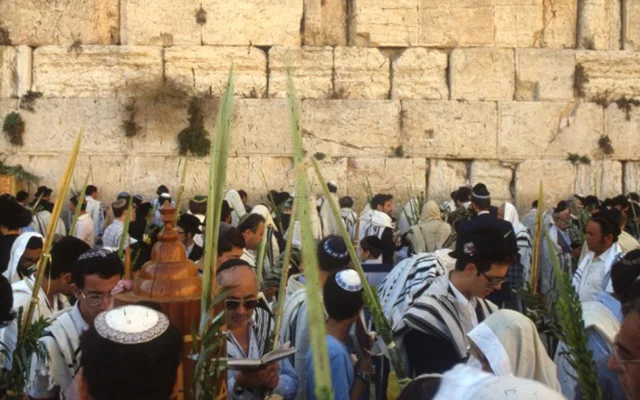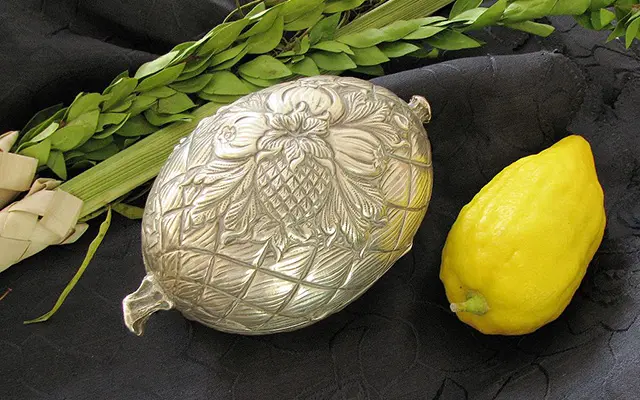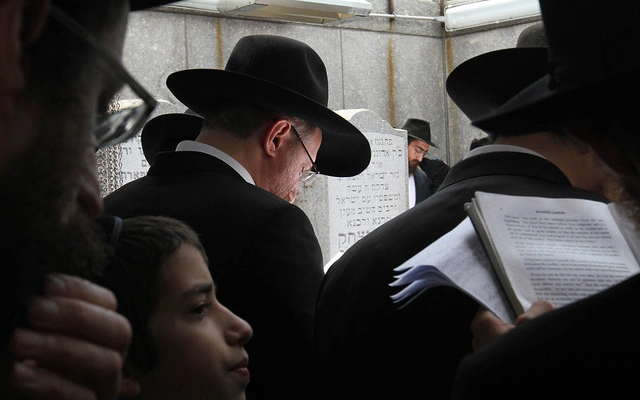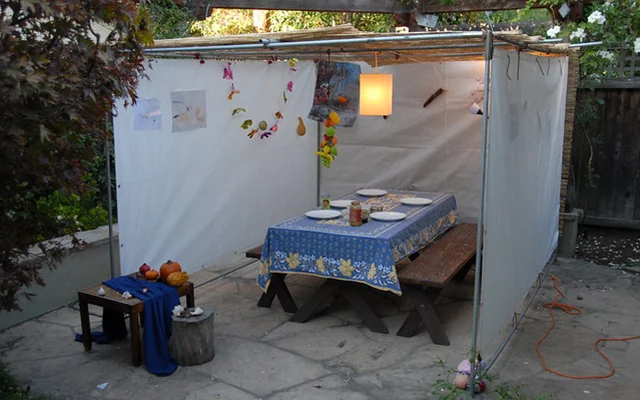Rituals & customs of Sukkot
Find out the major rituals and commandments that are followed by the observers at the celebration of Sukkot.
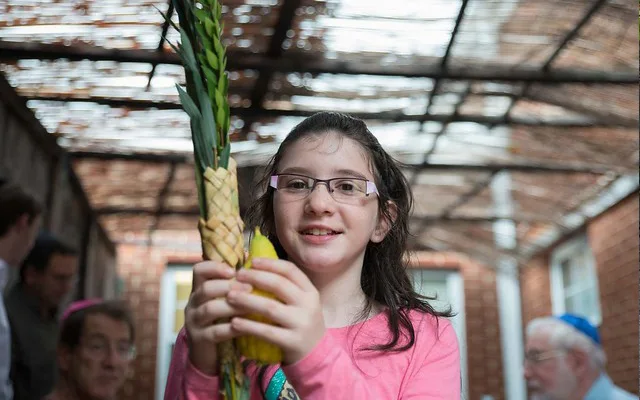
Some common practises followed during Sukkot
The customs that are followed during Sukkot are highly related to to the fundamentals of the Jewish tradition. They involved during the centuries and they included a series of religious and historical aspects.
A deeper look and analysis of their principles can reveal the cultural roots the influences that characterize the contemporary Jewish society.
Synagogue and scriptures
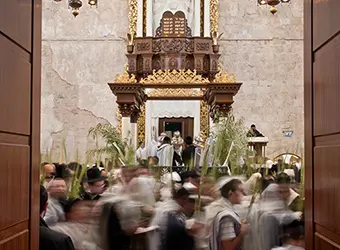
During Sukkot, believers are encouraged to participate in common celebrations at synagogue services.
At those traditional morning services, scriptural texts are read and God’s forgiveness is asked through various psalms.
Parallel to that, people are also encouraged to attempt getting the deeper meaning of the celebration. This is achieved through the reading of ancient scriptures like the Torah and the book of Ecclesiastes as well as some contemporary texts with Sukkot origins and signification.
Wave the lulav and etrog
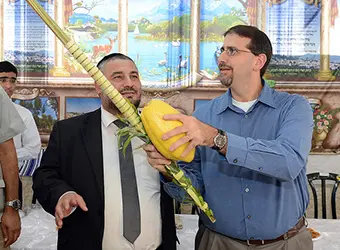
This ritual is one of the key elements of Sukkot that is known as the “Four Species”.
The believers wave ritually the lulav, which is a bouquet of branches of three trees (willow, myrtle, and palm), with the etrog (citron fruit), which is a fruit similar to a lemon. All those are bound together and waved to all directions in order to indicate that God is present everywhere and all the blessings are from him.
According to Jewish scholars, the four species/kinds represent the four parts of the human body, the lips, the heart, the heart and the backbone, which all together praise Lord.
Build a Sukkah
One of the most characteristic and notable rituals of the Sukkot celebration is to build a Sukkah.
This temporary flimsy structure has at least three walls and is made out of different types of materials that can be found in nature. The roof is covered with leaves or loose branches and since the sukkah has to be built under the open sky, the stars that are visible through the small gaps will help the dwellers to reflect upon God’s majesty and glory. The interior is usually decorated with religious drawings, posters, vegetables, and fruits, while carpets can decorate the floor.
Spend time in Sukkah
According to the tradition the goal is to spend as much time as possible in the Sukkah.People were used to having meals, sleeping and staying for seven days and nights in this temporary dwelling.
Nowadays, the festival observers try to follow partially this custom. So they use the Sukkah as a colorful gathering place, serving the festive meals in it, and attempting to overnight under the stars at least once, depending on the weather circumstances. At this part of the year, Sukkah becomes anyway an ideal place to invite friends and spend time with family members.
Rejoice
The ultimate objective of Sukkot is to celebrate God’s role in people’s lives and to create an enjoying atmosphere where people will be thankful to God for an entire week.
This holiday is the definition of celebration in the Jewish calendar and God is praised through various songs, beautiful dances, common prayers as well as festive meals and fellowship. Family members, friends, and communities come together in order to celebrate and express their gratitude to God.
Resting
Sukkot celebrations last for about seven to eight days and during this period there are two “high Sabbaths” when most forms of work are to be avoided and observers tend to enjoy God’s gift of rest.
During this time, people besides praying and spending time with their families are inviting guests to join them for a holiday meal in the Sukkah, to participate in Sukkah songs and dances, and to spend time in fellowship with narrations and stories from scriptures.

The significance of Sukkot in the Jewish society
Sukkot is considered as one of the most significant festivities for Jews. According to religious principles, people are forbidden from strenuous work and are commanded to use their time for enjoyment.
There are actually many commonly followed rituals and customs that deliver a series of deeper meanings and connotations to the participants of the celebration.
Sukkot offers the opportunity for families and communities to:
- Come together
- Enjoy the outdoors
- Acknowledge the responsibility for environment
- Honor the undertakings of their ancestors
- Praise the providence of the God
